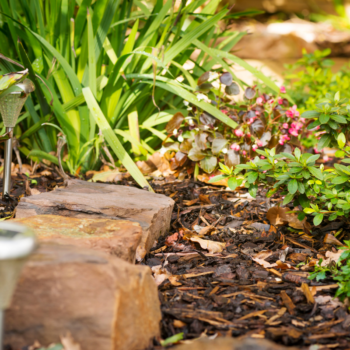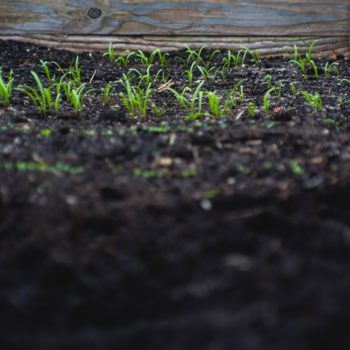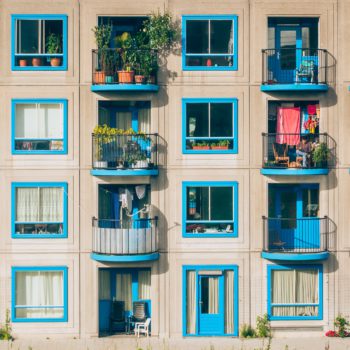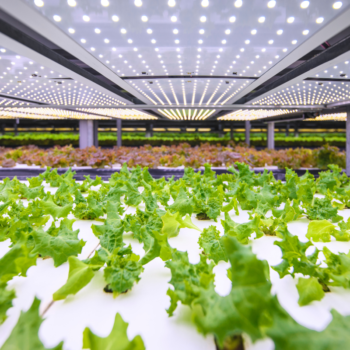|
|
In the hustle and bustle of city life, many of us crave a touch of nature. With skyscrapers reaching high into the sky and concrete jungles expanding, it’s clear why integrating natural elements into our living spaces is becoming more critical. This is where biophilic design comes in.
Biophilic design is an approach that incorporates nature into the built environment, offering a solution to make places look better and feel healthier and bring people and nature together.
In this post, we will explore biophilic design—what it is, its fundamental principles, how and where it’s used, and ways to infuse it into your home for the perfect mix of comfort and serenity.
Key Takeaways
-
- Biophilic design integrates nature into the built environment, promoting well-being and sustainability.
-
- Biophilic design principles include natural light, views of nature, and using natural materials.
-
- Biophilic design can be applied to residential, commercial, educational, and healthcare settings.
-
- Benefits of biophilic design include reduced stress, improved cognitive function, and enhanced environmental sustainability.
-
- Examples of biophilic design include the Amazon Spheres, Bosco Verticale, and California Academy of Sciences.
-
- Incorporating biophilic design into your home can be achieved through simple changes like adding plants and maximizing natural light.
What is Biophilic Design, and How Did It Came to Be?
In recent years, several studies have highlighted the profound impact of nature on human health and well-being.
The American Psychological Association (APA) revealed that exposure to nature reduces stress and enhances cognitive function. A study cited by the organization uncovered that green spaces around schools can boost children’s cognitive growth. Likewise, kids with green views near their homes tend to exhibit better self-control.
Adults living in public housing with more greenery around them have sharper attention skills compared to those in less green environments. Experiments also revealed that natural settings can enhance working memory, make us more mentally adaptable, and improve our ability to focus.
On the flip side, urban environments are often associated with difficulty maintaining attention. This research highlights nature’s crucial role in our cognitive functions and overall mental health, pointing towards the benefits of incorporating more natural elements into our daily landscapes.
A study highlighted by MPDI showcases the benefits of biophilic design on our mental and physical well-being, especially within built environments. Even a tiny step, such as putting a plant indoors, can help lower stress and increase pain tolerance. Further supporting this, the study references significant research indicating that patients with views of greenery from their recovery rooms healed quicker and needed less pain medication than those whose windows opened to a brick wall view.
As we face growing environmental challenges, these findings underline the powerful impact that even minimal interactions with nature can have on our health. They suggest that integrating nature into our living spaces nurtures our connection with the natural world and promotes sustainability and resilience, making biophilic design a key to creating healthy living spaces moving forward.
Biophilic design is an innovative approach that integrates nature into the built environment, creating spaces that foster a harmonious relationship between humans and nature.
The concept stems from the biophilia hypothesis proposed by biologist Edward O. Wilson, which suggests humans have an innate tendency to seek connections with nature and other life forms.
The term “biophilic design” was coined by American biologist Edward O. Wilson in the 1980s, gaining traction as architects and designers recognized the importance of incorporating natural elements into their projects.
What are the Principles of Biophilic Design?
Biophilic design principles are rooted in the idea of creating environments that mimic natural habitats, offering occupants a sense of connection to the natural world. Here are some core ideas of this design concept:
-
- Natural Light: Utilize sunlight and ensure spaces are well-lit with natural light.
-
- Views of Nature: Design windows and outdoor areas so people can see nature from inside.
-
- Natural Materials: Use wood, stone, and other materials that remind us of the outdoors.
-
- Water Features: Include elements like fountains or ponds that bring the sound and sight of water indoors.
-
- Living Greenery: Incorporate plants, green walls, and gardens into indoor spaces.
Stephen Kellert and Elizabeth Calabrese identified 14 patterns of biophilic design. These guidelines offer a framework for integrating natural elements into built environments, creating a bond between occupants and nature.
These patterns cover everything from direct experiences of nature, like actual views or the presence of water, to more abstract ones, such as using biomorphic forms and patterns–shapes and forms inspired by nature. The idea is to create environments that promote health, well-being, and a solid relationship with nature through thoughtful design.

Image Source: https://www.sciencedirect.com/science/article/pii/S2095263521000479
Where is Biophilic Design Usually Used?
Biophilic design finds its place across various settings, bringing a piece of nature into our daily environments. Here’s where it’s making an impact:
| Setting | Impact of Biophilic Design |
|---|---|
| Residential Spaces | Homes infused with elements of nature offer a calming and restful ambiance, contributing to the well-being and relaxation of the occupants. |
| Commercial Buildings | Offices and retail spaces benefit from adding natural touches by boosting employees’ productivity and creativity while enhancing customer experiences. |
| Educational Institutions | Schools and universities embracing biophilic design create more engaging and stimulating learning environments. It improves focus, cognitive abilities, and overall student performance. |
| Healthcare Facilities | Hospitals and clinics utilizing biophilic principles in their design foster quicker recovery rates among patients who experience less stress and require less pain medication. The approach promotes a healthier atmosphere for both patients and staff. |
Incorporating biophilic design across these diverse spaces has long been proven to nurture individual health and productivity and build a stronger, intuitive connection between humans and nature.
Some Great Examples of Biophilic Design
Numerous examples worldwide showcase the transformative power of biophilic design, turning conventional spaces into natural sanctuaries.
Amazon Spheres, Seattle, Washington, USA
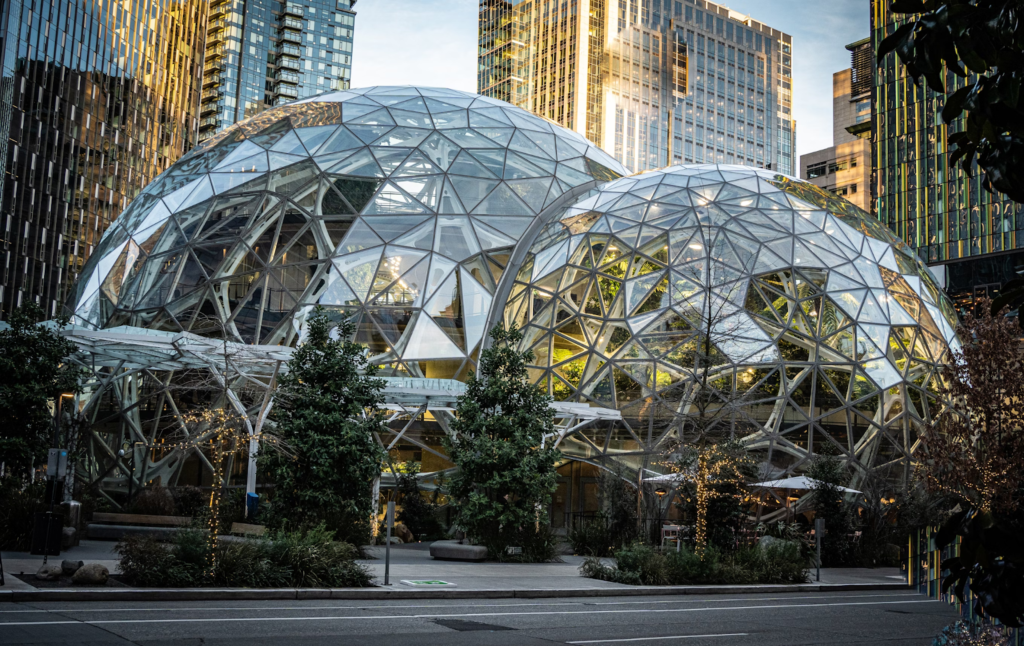
Designed by architectural firm NBBJ, the Amazon Spheres is a striking example of biophilic design. These three interconnected glass domes serve as a unique workspace for Amazon employees, providing a lush and vibrant environment filled with diverse plant species.
The transparent structure allows ample natural light to permeate the interior, creating a dynamic and energizing atmosphere. Employees can enjoy moments of respite surrounded by greenery, fostering creativity and well-being in the heart of the urban landscape.
Bosco Verticale, Milan, Italy
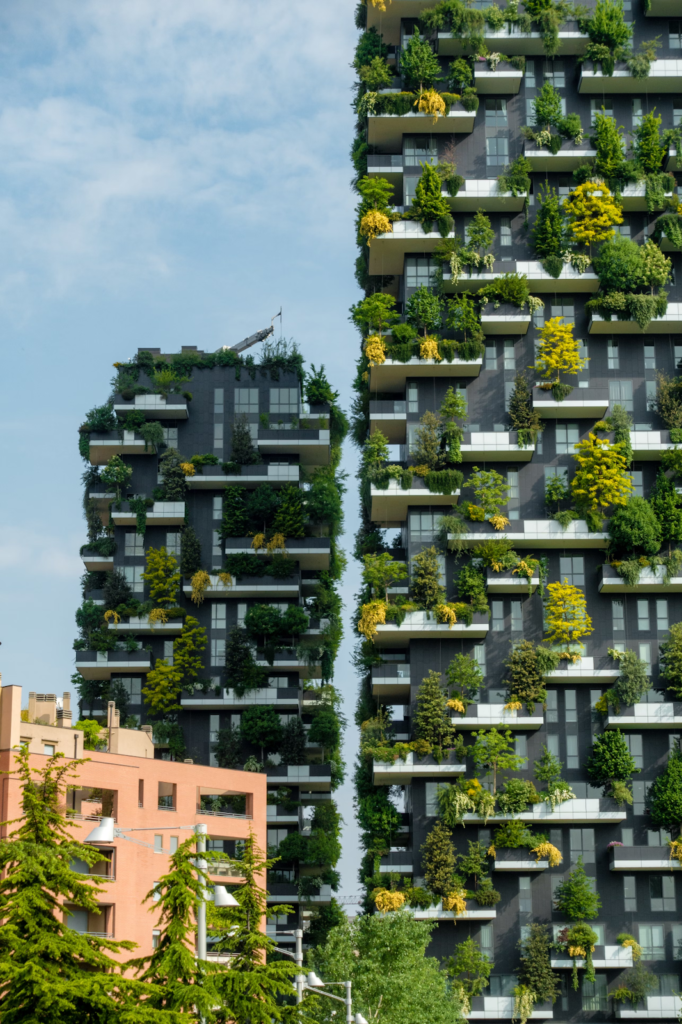
Designed by Stefano Boeri Architetti, the Bosco Verticale, or “Vertical Forest,” represents a bold vision of biophilic design in residential architecture. Comprised of two residential towers, this innovative natural building features balconies and terraces overflowing with trees, shrubs, and other vegetation, creating a vertical oasis in the heart of Milan.
Beyond its aesthetic appeal, the Bosco Verticale serves as a model for sustainable urban living, providing residents with access to fresh air, shade, and biodiversity. The greenery not only enhances the visual appeal of the towers but also improves air quality and reduces energy consumption, demonstrating the potential of biophilic design to harmonize urban living with nature.
California Academy of Sciences, San Francisco, California, USA
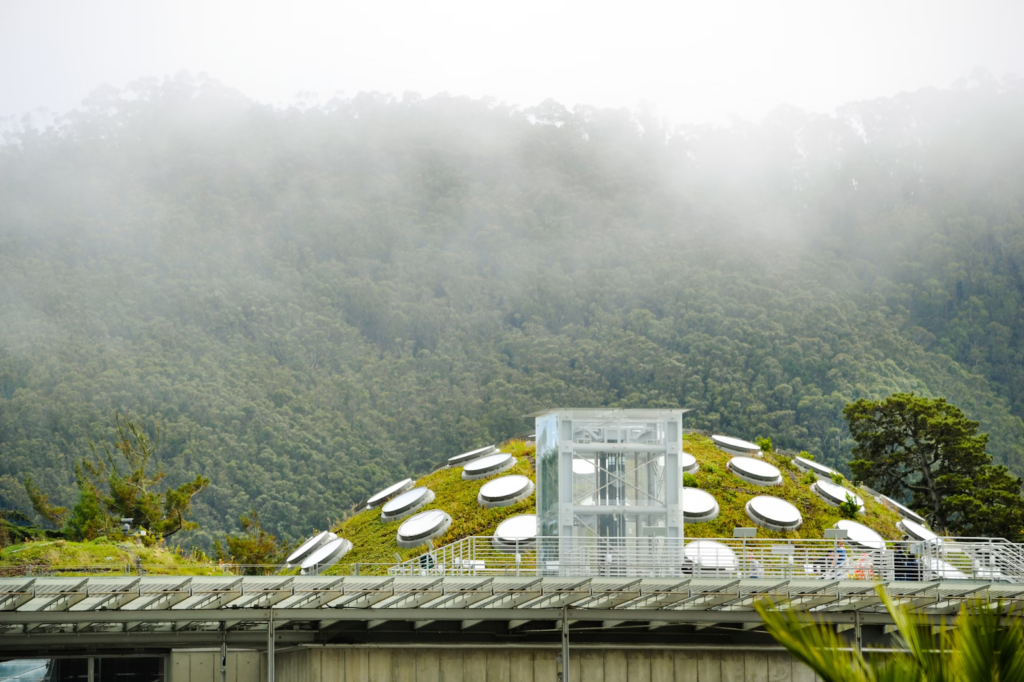
Renowned architect Renzo Piano‘s design for the California Academy of Sciences exemplifies integrating biophilic principles into educational architecture. Situated in Golden Gate Park, this iconic museum complex features a living roof planted with native vegetation, blending seamlessly with the surrounding landscape.
Inside, visitors encounter an immersive indoor rainforest exhibit with towering trees, cascading waterfalls, and exotic flora and fauna. Using natural materials and sustainable design elements throughout the building reinforces its connection to nature, providing an inspiring and educational environment for visitors of all ages. The California Academy of Sciences is a testament to the transformative power of biophilic design in fostering environmental stewardship and promoting experiential learning.
Sustainable City, Dubai, UAE

The Sustainable City in Dubai is a pioneering example of large-scale biophilic urban planning. This eco-friendly community integrates sustainable features such as solar panels, recycled water systems, and green spaces into its design, creating a self-sustaining environment that minimizes its ecological footprint. Streets lined with trees and native vegetation provide shade and enhance air quality, while communal gardens and parks offer residents recreation and social interaction opportunities.
The Sustainable City demonstrates how biophilic design can be applied at the urban planning level to create vibrant, livable communities that prioritize environmental sustainability and human well-being.
Your Weekly Sustainability News!
By subscribing you agree to our Privacy Policy
Eden Project, Cornwall, United Kingdom

Image Source: https://www.edenproject.com/act/our-mission/about-our-mission
The Eden Project, located in Cornwall, UK, is a remarkable botanical garden housed within a series of biomes, each simulating different global environments. Designed by architect Nicholas Grimshaw, these futuristic structures showcase the diversity of plant life while educating visitors about environmental conservation and sustainable living practices. The biomes, constructed from ethylene tetrafluoroethylene (ETFE) cushions, allow natural light to filter through, creating a sensory-rich experience that lets visitors come in contact with the natural world.
The Eden Project serves as a hub for research, education, and eco-tourism, highlighting the potential of biophilic design to inspire positive change and foster a deeper appreciation for the natural world.
Gardens by the Bay, Singapore
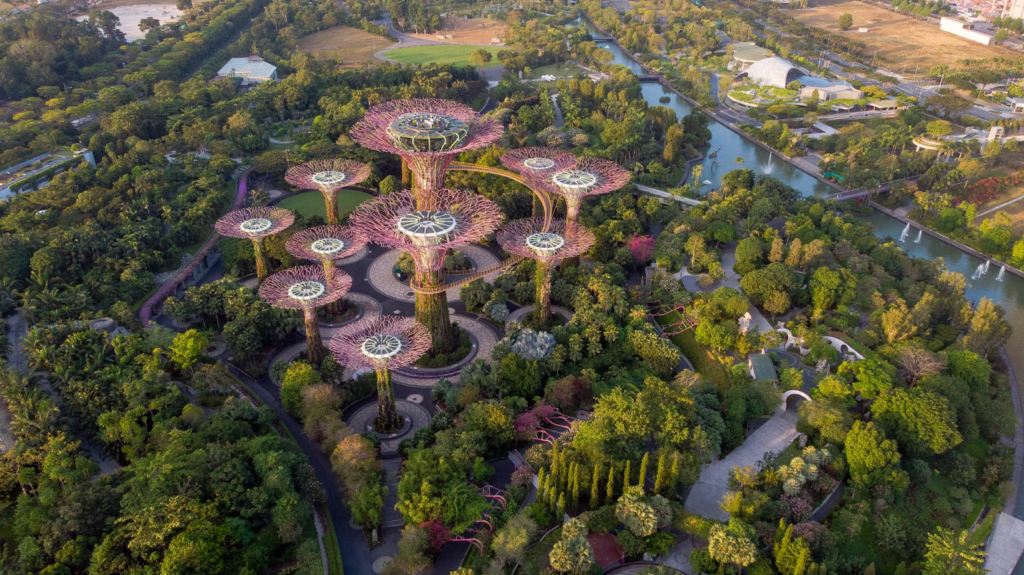
Designed by Grant Associates and Wilkinson Eyre Architects, Gardens by the Bay in Singapore is a stunning example of biophilic design on a grand scale. This vast park features the iconic Supertree Grove, Cloud Forest, and Flower Dome. Its integration of high-tech environmental systems and extensive nature and natural elements provides both a recreational area and a model for sustainable practices.
By incorporating natural elements, sustainable features, and innovative design interventions, Gardens by the Bay emphasizes what modern architecture should be and offers visitors a captivating experience while promoting a deeper connection to nature and fostering environmental stewardship.
Khoo Teck Puat Hospital, Singapore

Image Source: https://www.ktph.com.sg/about-us/corporate-profile#healing-environment
Khoo Teck Puat Hospital in Singapore goes beyond traditional healthcare design by incorporating healing gardens, natural ventilation, and water features to create a therapeutic environment. The lush landscapes offer patients, staff, and visitors a soothing escape, contributing to faster recoveries and improving health and well-being.
By integrating biophilic design principles into healthcare facilities, Khoo Teck Puat Hospital demonstrates its commitment to patient-centered care and holistic healing, enhancing individuals’ physical and psychological well-being within the built environment.
Edge Olympic, Amsterdam

Image Source: https://edge.tech/developments/edge-olympic-amsterdam
The Edge Olympic in Amsterdam demonstrates how biophilic design can be applied in office settings to promote employee wellness and productivity. Its natural light, plant-covered walls, and outdoor terraces encourage a healthier work environment and stimulate creativity among its users.
By prioritizing integrating natural elements and fostering a connection to the outdoors, Edge Olympic enhances the workplace experience, improving employee satisfaction, engagement, and performance.
Pixar Animation Studios, Emeryville, California
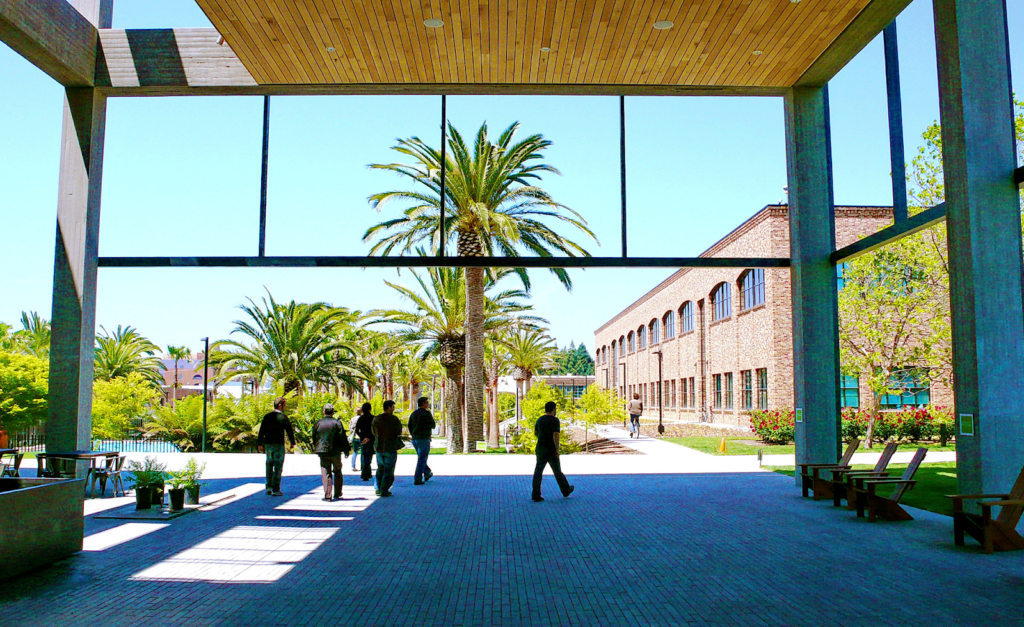
Image Source: https://www.pwpla.com/projects/pixar-animation-studios
Pixar Animation Studios in Emeryville, California, embraces biophilic principles through its central atrium, filled with natural light, trees, and collaborative spaces inviting informal gatherings. This layout facilitates employee interaction and nurtures creativity by providing a comfortable, nature-inspired workspace.
Through its thoughtful design and incorporation of biophilic elements, Pixar Animation Studios creates a work environment that fosters collaboration, innovation, and employee well-being, reinforcing its commitment to creativity and excellence.
The Edge, Amsterdam

Image Source: https://edge.tech/developments/the-edge
The Edge in Amsterdam is another groundbreaking office building well-known for its sustainability and biophilic design elements. With a massive green wall, abundant indoor plants, clever use of daylighting, and an intelligent façade system that maximizes natural ventilation, The Edge offers an innovative work environment designed around health and environmental consciousness.
By prioritizing human health and well-being through biophilic design strategies, The Edge demonstrates the potential of sustainable architecture to create spaces that optimize occupant comfort, productivity, and overall quality of life.
These examples reveal the versatility of biophilic design across different types of projects worldwide. From bustling cities to serene healthcare settings, incorporating elements from nature into built environments has improved quality of life, enhanced creative thought processes, and fostered a sense of community among occupants.
What’s Good About Biophilic Design?
Biophilic design transcends mere trendiness; it’s a blueprint for healthier, more sustainable living. Here’s how it benefits individuals and the environment:
-
- Enhances Psychological Well-Being: Integrating elements like plants and natural light can significantly uplift one’s mood and reduce the risk of depression, fostering a sense of tranquility and connection to the natural world.
-
- Reduces Stress: Surrounding oneself with nature, even within indoor spaces, has been scientifically shown to lower stress levels, creating environments that feel more tranquil and restorative, promoting overall well-being.
-
- Boosts Cognitive Function: Regular exposure to natural settings within our living or working spaces can enhance creativity, focus, and productivity, harnessing the innate human-nature connection to optimize mental acuity and performance.
-
- Promotes Healthier Living: Features such as sunlight help regulate circadian rhythms, while plants improve air quality by filtering out pollutants, contributing to overall physical health and vitality.
-
- Fosters Faster Recovery: Patients in healthcare settings with nature views or access to gardens often experience quicker recovery times and require less medication, underscoring the therapeutic benefits of biophilic design in healing environments.
From an environmental standpoint, biophilic design holds tremendous promise:
-
- Encourages Energy Efficiency: Harnessing natural light reduces dependence on artificial lighting, while strategically incorporating plant life can contribute to passive cooling, thereby reducing reliance on energy-intensive air conditioning systems.
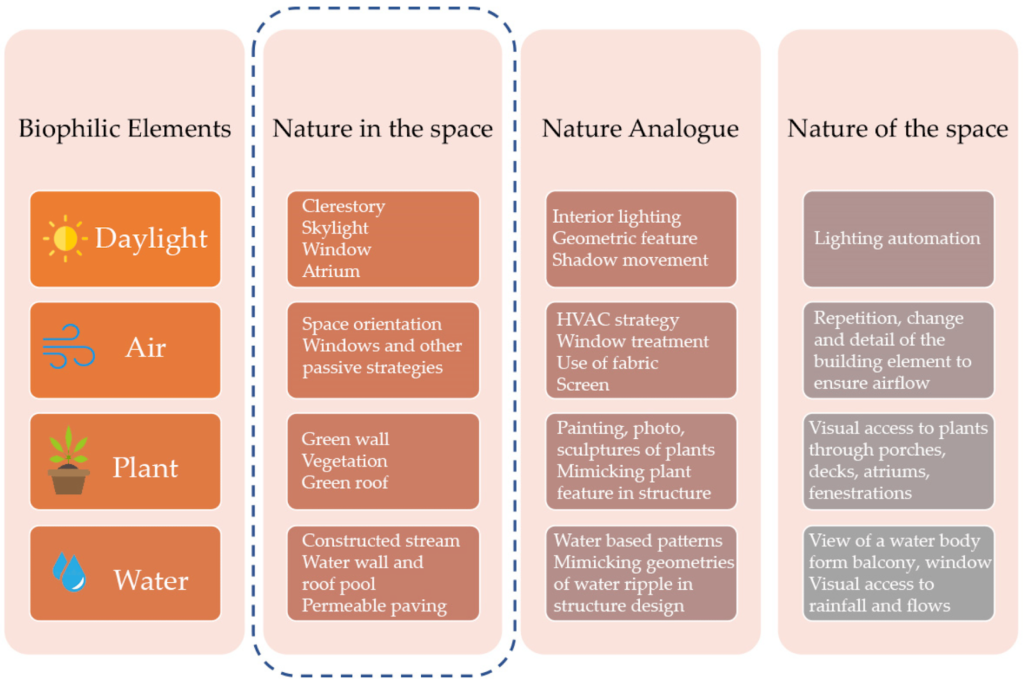
Image Source: https://www.mdpi.com/2071-1050/14/7/3776
-
- Improves Air Quality: By naturally filtering the air, plants reduce pollutants and provide cleaner, fresher air, enhancing indoor air quality and promoting respiratory health.
-
- Promotes Sustainability: By integrating natural materials and green spaces, biophilic buildings boast a smaller carbon footprint and help mitigate the urban heat island effect, advancing environmental sustainability and resilience.
-
- Builds Environmental Awareness: Living and working in spaces that celebrate nature fosters tremendous respect for the environment, inspiring sustainable lifestyles and reinforcing the imperative of conservation and stewardship.
In essence, biophilic design serves as a bridge between humans and nature in contemporary landscapes. It cultivates nurturing, efficiency-driven environments that support physical and mental well-being and cultivate a more harmonious and sustainable interaction with our planet.
How You Can Incorporate Biophilic Design Into Your Home
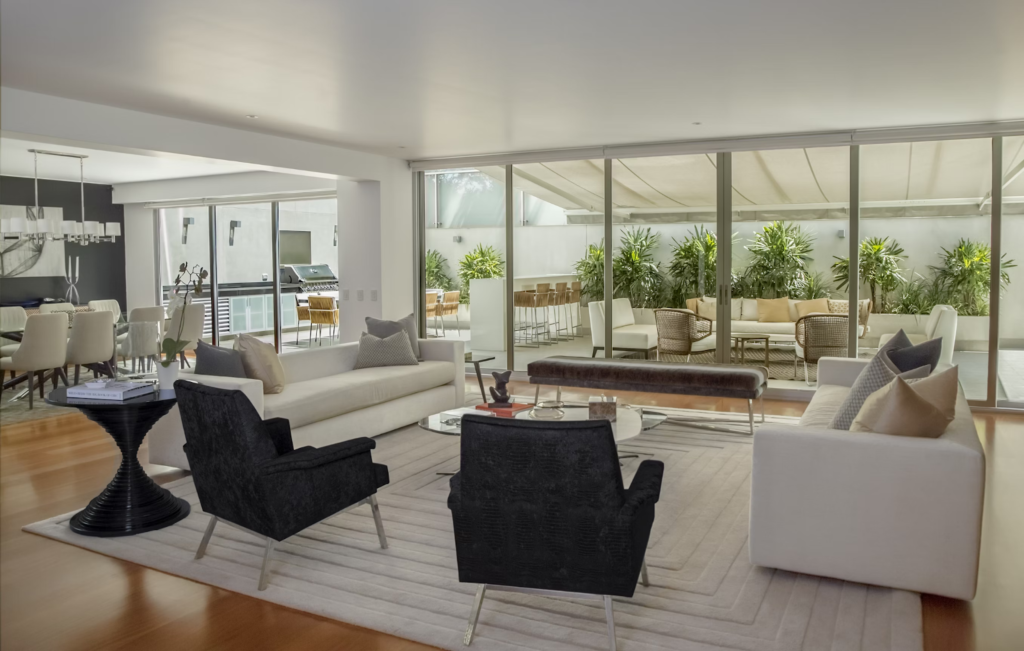
Integrating biophilic design principles into your home doesn’t require a complete overhaul. There are simple yet profoundly transformative ways to infuse your living space with the revitalizing essence of nature. Here are practical ways to seamlessly weave biophilic design principles throughout your home, fostering a serene and deeply connected environment:
Introduce Plants
Begin by incorporating various potted plants into different rooms, strategically placing them to create focal points and add a touch of greenery to your living space. More than just being decorative elements, plants are natural air purifiers, improving air quality by removing toxins and releasing oxygen, thus enhancing the overall ambiance and promoting a healthier indoor environment.
Consider incorporating a variety of plant species to create a diverse and visually stimulating indoor garden, enhancing biodiversity and fostering a greater connection to nature within your home.
Maximize Natural Light
Embrace the beauty of natural light by optimizing the layout of your home to maximize exposure to sunlight. Consider installing oversized windows or skylights to flood your rooms with natural light, creating a bright and airy atmosphere.
Utilize translucent window treatments that allow sunlight to filter through while maintaining privacy, illuminating your living space, and enhancing its visual appeal. Enhance the effects of natural light by incorporating reflective surfaces such as mirrors and glass accents, amplifying the brightness and creating a sense of spaciousness within your home.
Use Natural Materials
Furnish and decorate your home with natural materials such as wood, stone, rattan, and cotton. These organic elements evoke a sense of warmth and comfort and establish a solid connection to the natural world, infusing your home with texture, depth, and character.
Opt for sustainable materials sourced from eco-friendly suppliers to minimize environmental impact and promote ethical consumption practices. Incorporate natural textiles such as wool and linen for upholstery and soft furnishings, adding tactile warmth and inviting coziness to your living space.
Frame Nature with Windows
Strategically position windows to frame captivating views of the surrounding landscape, whether a lush garden, verdant foliage, or expansive skies. By incorporating windows as visual portals to the outdoors, you create a seamless transition between indoor and outdoor spaces, blurring the boundaries and inviting nature to become an integral part of your home’s design aesthetic.
Enhance the natural views by framing them with indoor plants or decorative elements inspired by the surrounding environment, creating a harmonious connection between the interior and exterior realms.
Add Water Elements
Introduce the soothing sound of water into your home by incorporating water features such as indoor fountains, tabletop waterfalls, or tranquil aquariums. The gentle murmur of flowing water creates a calming ambiance and serves as a natural stress reliever, promoting relaxation and mindfulness within your living environment.
Choose water features that complement the overall design aesthetic of your home, whether it’s a minimalist fountain in a contemporary setting or a rustic pond in a garden-inspired space. Try experimenting with different water features to find the perfect balance between tranquility and visual interest, creating a serene oasis within your home.
Incorporate Organic Forms
Embrace the diversity of nature by selecting furniture and decor items with organic shapes and textures. Opt for pieces with curved edges, fluid lines, and tactile surfaces that mimic the natural world, creating a sense of harmony and balance within your home.
Incorporate natural motifs and patterns inspired by flora and fauna to add visual interest and depth to your interior design scheme. Mix and match different materials and textures to create a layered and dynamic look that celebrates the beauty of nature, from rough-hewn stone accents to smooth, polished wood surfaces.
Spread the Elements Around
Extend biophilic elements to every corner of your home for a cohesive and harmonious design, ensuring that each room reflects the principles of nature-inspired design. From the living room to the bedroom, from the kitchen to the bathroom, infuse your entire home with touches of greenery, natural light, and organic materials, creating a unified sanctuary that nurtures your mind, body, and spirit.
Do not be afraid to experiment with different biophilic design elements in each room to create unique and personalized spaces that cater to your lifestyle and preferences, from cozy reading nooks filled with plants to sun-drenched dining areas overlooking a garden oasis.
By adopting these practices, you can easily enhance your living environment aesthetically and contribute positively to your mental and physical well-being, embracing a lifestyle in tune with nature.
Conclusion
In an increasingly urbanized world, biophilic design offers a path to reconnecting with nature and creating spaces that nurture our physical, mental, and emotional well-being.
By incorporating elements of the natural world into our built environments, we can enhance our quality of life while promoting sustainability and resilience. Whether you’re designing a home, workspace, or public institution, embracing biophilic design principles can transform ordinary spaces into green sanctuaries of serenity and vitality.
Let nature guide you as you embark on a journey to unlock the transformative power of biophilic design.
Frequently Asked Questions
How does biophilic design relate to architecture and interior design?
Biophilic design is closely related to both architecture and interior design, as it focuses on incorporating natural features, forms, and patterns into the planning and design of spaces to engender a deeper human-nature connection.
What are the key elements of biophilic design?
The key elements of biophilic design include direct and indirect contact with nature, natural shapes and forms, natural patterns and processes, as well as the integration of natural landscapes and materials into the built environment.
How does biophilic design impact human-nature connection?
Biophilic design fosters a stronger human connection with nature by integrating elements and patterns found in the natural environment, creating spaces that evoke a sense of calm, comfort, and well-being.
How is biophilic design applied in architecture and design?
Biophilic design is applied in architecture and design through the systematic incorporation of natural elements, such as light, vegetation, and water, as well as the use of biomorphic forms and patterns to create spaces that promote human well-being and connection with nature.
What is the concept of biophilic interior design?
Biophilic interior design applies the principles of biophilic design to interior spaces, aiming to create environments that support human health and well-being by maximizing the positive impact of direct and indirect contact with nature.



